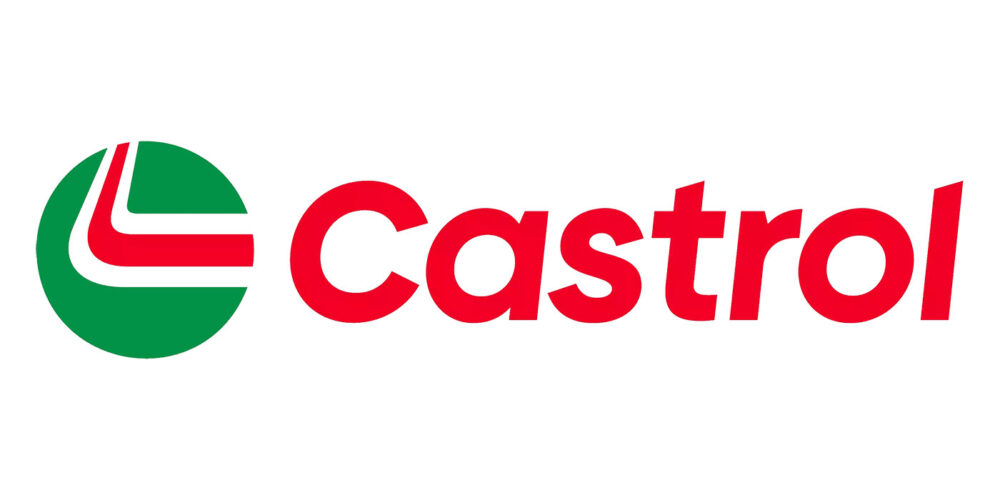Diesel fuel prices have increased steadily the last few months, and I don’t see any factors on the horizon trying to bring them down.
Crude oil is priced in U.S. dollars. With the value of the dollar falling due to our high debt load, crude oil costs can only increase. Soon we will see prices rise even more rapidly as inflation increases. Seven of the world’s top 10 crude oil exporters exported less crude in 2008 and 2009 than they did in 2005. Exporters want to drive prices even higher—another trend I don’t see reversing anytime soon.
China and India are becoming major crude oil importers. China imports 297% more crude than it did a decade ago. China and the U.S. today import more than 20% of the world’s total production. Our country’s reliance on foreign crude will most likely increase (not decrease) over the next decade due to economic growth. We desperately need to increase North American crude oil extraction. Remember, we currently give OPEC about $500 billion every year.
Environmentalists will now come forward and say they can solve the problem: By utilizing alternate fuels and purchasing hybrid vehicles, we can wean our country off fossil fuels. It won’t happen in my lifetime! Biofuels might reduce our fossil fuel appetite by 3% to 4% in the next decade, while hybrid vehicles might be expected to replace no more than 3% of the total vehicle population.
Additionally, some biofuels significantly reduce our national average fuel economy (ethanol), thereby increasing crude oil importation, global warming and food prices. Hybrid vehicles are not yet cost effective, so the people purchasing them are those who want to appear “green” without regard to overall costs of ownership. Clean diesels make much more sense in the short term.
Truckers, who are responsible for using 70% of our nation’s transportation fuel, cannot afford to do any more than use the fuels that they are required to use and purchase sufficient vehicles to appear “green” if they hope to remain profitable. As early adopters and manufacturers gain more knowledge, hybrids will be viable for P&D operation in 10 years.
If we really want to reduce importation of foreign sources of crude oil, we are all going to have to think like fuel economy contest participants and do everything humanly possible to conserve energy. Line-haul fleet operators are going to have to put aerodynamic aids on every trailer they can afford to—because 15% to 20% of the energy losses in Class 8 highway rigs are due to poor aerodynamics. Drivers are going to have to slow down. Pulling boxes above 60 MPH kills fuel economy!
Engine builders and environmentalists are going to have to work together to significantly improve engine efficiency. Modern diesel engines are very efficient, but approximately 60% of the energy utilized is lost through frictional forces and heat rejection. Stationary natural gas engines are more efficient than diesels because their combustion chamber temperatures are much higher (they aren’t hampered by NOx regulations). Perhaps environmentalists could suspend NOx regulations in the near term to maximize energy efficiency. R&D efforts could concentrate on developing NOx absorbers.
Driveline and tire manufacturers might revisit fuel efficiency since rolling resistance accounts for approximately 15% of a Class 8 truck’s energy losses. Hypoid gears were developed to lower drive shafts in automobiles. Modern trucks don’t need hypoid gears; why not spiral-bevel gears? Tire manufacturers have done a good job of lowering rolling resistance, but can other gains be made?
I may be wrong, but I think fleets will purchase efficiency upgrades if they can be quickly paid for with reduced fuel costs. Let’s all approach our dilemma like a fuel economy contest—it’s good for all of us.













